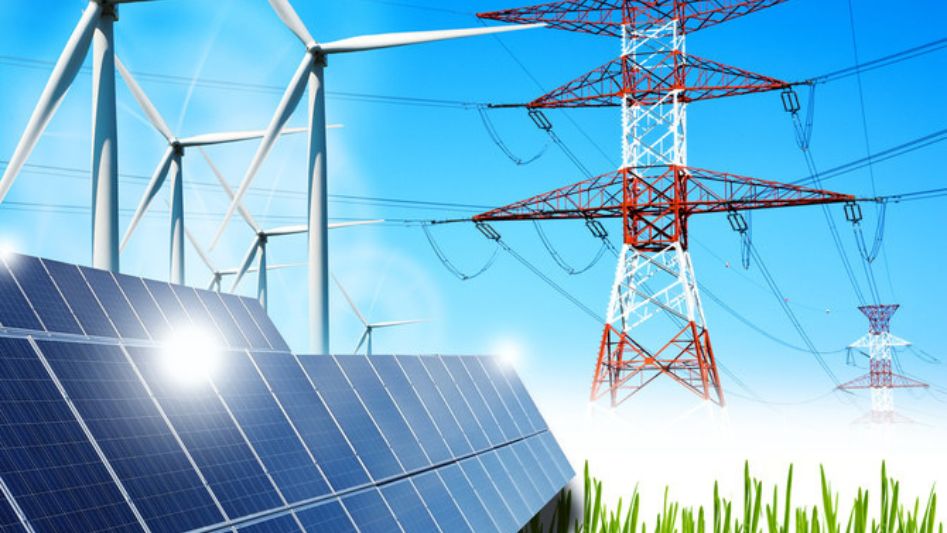Italy, renowned for its rich history, art, and culture, has also set its sights on becoming a leader in green energy. The transition towards sustainable and renewable energy sources has become a global imperative to combat climate change and reduce reliance on fossil fuels. As a country with abundant natural resources and a commitment to environmental stewardship, Italy has immense untapped potential for green energy development. However, to unlock this potential fully, there is a pressing need for harmonized rules and regulations that foster innovation, investment, and widespread adoption of clean energy solutions. In this comprehensive article, we will explore Italy’s green energy landscape, the challenges it faces, and the opportunities that lie ahead as the nation seeks to harness its green energy potential.
Table of Contents

The State of Green Energy in Italy
Italy has made significant strides in renewable energy, with a strong emphasis on solar and wind power. According to recent reports, Italy ranks among the top countries in the world for installed solar capacity. Additionally, its geographic location along the Mediterranean enables it to harness considerable wind energy potential, particularly in coastal regions. These efforts demonstrate Italy’s commitment to transitioning to a low-carbon economy.
Unlocking Italy’s Green Energy Potential
The Importance of Clear Regulations
To unlock Italy’s green energy potential, clear and consistent regulations are paramount. A lack of harmonization in rules and permits across different regions can create hurdles for investors and project developers. Streamlining the regulatory process and establishing a cohesive national framework will provide investors with the confidence and stability they need to invest in renewable energy projects.
Incentives and Subsidies
Incentives and subsidies play a crucial role in encouraging the adoption of green energy technologies. Currently, Italy offers various financial incentives for renewable energy projects, such as feed-in tariffs and tax credits. However, these incentives are subject to changes in government policies, leading to uncertainties for investors. Harmonizing and extending these incentives will foster long-term investment in green energy projects.

Grid Integration and Infrastructure
An efficient and robust grid infrastructure is vital for integrating renewable energy sources into the existing energy system. Italy must invest in modernizing its grid to accommodate the fluctuating nature of renewable energy production. Smart grid technologies and energy storage solutions will help balance supply and demand, ensuring a stable and reliable energy supply.
Community Engagement and Participation
Engaging local communities in the development and decision-making process of renewable energy projects can lead to greater acceptance and support. When communities are actively involved, they are more likely to embrace green energy initiatives and perceive them as opportunities for economic growth and environmental sustainability.

Conclusion
Italy possesses immense green energy potential that can contribute significantly to its sustainable development and global efforts to combat climate change. However, realizing this potential requires harmonized rules and regulations that promote innovation, attract investments, and streamline the development process. By fostering a supportive environment for renewable energy projects, Italy can unlock its green energy potential and pave the way for a greener, more sustainable future.
FAQs
What is Italy’s current renewable energy capacity?
Italy boasts a significant renewable energy capacity, with a strong focus on solar and wind power. It ranks among the top countries globally in installed solar capacity.
How can harmonized rules benefit Italy’s green energy sector?
Harmonized rules will provide stability and confidence for investors, streamline the regulatory process, and encourage long-term investment in renewable energy projects.
What incentives does Italy offer for renewable energy projects?
Italy provides financial incentives such as feed-in tariffs and tax credits to support the adoption of green energy technologies.
Why is grid integration important for green energy development?
Grid integration allows for the seamless integration of renewable energy into the existing energy system, ensuring a stable and reliable energy supply.
How can community engagement contribute to green energy adoption?
Engaging local communities fosters acceptance and support for renewable energy projects, as communities perceive them as opportunities for economic growth and environmental sustainability.
You May Also Like
- THE CIRCULAR ECONOMY AND THE ROLE OF GREEN ENERGY
- THE RISE OF GREEN ENERGY: HOW RENEWABLE SOURCES ARE RESHAPING THE ENERGY LANDSCAPE
- THE BENEFITS OF GREEN ENERGY: WHY IT MATTERS FOR OUR ENVIRONMENT
- UNVEILING THE GREEN ENERGY PARADOX: ESG INVESTING’S LIMITED IMPACT ON THE TRANSITION
- ECO-FRIENDLY SOLUTIONS: HOW GREEN ENERGY IS CHANGING THE WORLD
External Links
- Natural Gas & Renewable Energy
- Renewable electricity growth is accelerating faster than ever worldwide, supporting the emergence of the new global energy economy
- Renewable Energy Technical Potential
- Renewable energy – powering a safer future
- New Report Warns World of Huge Untapped Renewable Energy Potential
